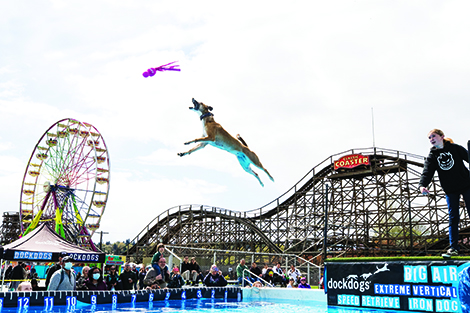By Rachel Keohan
An investment property can be a great way to earn extra income, reap potential tax advantages, and diversify your portfolio, but it pays to do your homework when it comes to financing. If you’re overwhelmed by your options and aren’t quite sure where to start, here’s a rundown of the most common ways to fund a down payment and/or renovations on your first investment property.
For many prospective investors, this is the first option they explore, as they likely already have a relationship with a bank for their personal finances. While these loans can offer low interest rates and fees and often allow multiple mortgages (up to a limit), the downsides include high down-payment requirements for investment properties — typically at least 15 to 25 percent —and your likelihood of being approved is dependent on your personal credit.
As their name suggests, fix-and-flip loans (sometimes called “hard money”) are specifically for the purpose of renovating and preparing investment properties for tenancy. While they can be easier to qualify for than conventional loans, they typically have short term lengths of three years or less and relatively high interest rates (10 to 15 percent on average). Frequently, the amount you’re eligible to borrow is dictated by the home’s post-repair value.
You receive cash in exchange for a share of your home’s future value, and providers let you access your equity without interest or monthly payments and use the money for whatever you’d like, including a down payment or making necessary improvements on a property before renting it out to tenants. And the timeline is typically quite quick, with funding in as little as three weeks.
An LLC loan isn’t a personal loan to you, but instead one to the LLC (limited liability company). Going this route allows investors to build business credit, safeguard themselves from disputes or lawsuits, and limit personal liability. This isn’t the best option for fast funds, as you’ll need to set up an LLC, apply for a mortgage, and have enough credit history for lenders to review.
This loan provides access to equity, a fixed interest rate that’s often lower than a personal loan, and a predictable repayment schedule. However, you are taking out another mortgage in addition to the one on your primary home, so you’ll need to be prepared for those extra costs.
- Home equity line of credit (HELOC).
A major advantage of a HELOC is its flexibility in terms of the amount of cash you can access and the frequency with which you can borrow. But there are drawbacks. Monthly payments will be unpredictable due to the variable interest rate, and the lender can freeze a HELOC at any time if your credit score decreases. In addition, the application process can be quite rigorous and the approval criteria pretty restrictive.
With this, you’re taking out a new mortgage for which the balance is more than you owe on your current mortgage, giving you access to extra funds. As a bonus, you have the potential to lock in a lower interest rate on your current mortgage and lower your monthly payments. However, you may be extending your mortgage timeline and also have to deal with the application and approval process, along with fees for closing and origination.
The best option ultimately depends on personal financial situations and goals, but with some research and planning, first-time property investors can confidently move forward.
Rachel Keohan is vice president of marketing at Hometap, a home-financing provider doing business in Washington and 17 other states.

